Creative ticket design: Here’s how it’s done incl. videos – learn for free
Tickets are essential for events and allow easy access to performances and shows. They are both access authorisation and security at the same time and for this reason are often protected against duplication by a variety of security features. The methods used here range from simple numbering to watermarks and holograms – which not only increase the security against forgery, but also the production costs.
Create professional design with Photoshop
An additional aspect is that an admission ticket can be much more than a means to an end: it creates connections among like-minded people, invites people to collect and grants memories of certain events.
For this very reason, tickets can be turned into true works of art and thus secure a place on the pinboard or in the picture frame. After my last article on CYMK color adjustment and cropping, let’s take a look at ticket layout today!
Format and basis
Even before creating a new document, some basic ideas should be recorded. The admission ticket should be tailored to the right target group. Format and material are an important part of the design.
The document should also include the bleed allowance required by the printing company, as this can only be changed with difficulty afterwards.
The best formats are sizes from DIN A5 to DIN A7 and DIN long. These offer sufficient space for design and information and can also be provided with security features such as tear-off edges or perforations. On top of that, these formats make it easier to send by post.
How it’s done: Create document
Once the document is created in Photoshop, the design process can begin. Here, care should be taken to place all necessary information clearly and visibly on the admission ticket. During the design process, it is also important to keep in mind which part of the ticket will be removed on admission and which part will remain with the event visitor. It is essential that the ticket contains information such as name, subject, price (also in the case of free events), date, time and seat number so that it can be used properly as an access authorisation to the event. Only in this way can a flawless, binding contract be concluded between the organiser and the visitor.
Once this information has been placed, further design elements, graphics, background images, frames or typography can be added as desired. There are almost no limits and even special colours such as gold and silver can be printed. With special colours as well as special requests for subsequent varnishing or coating, it is usually necessary to use a separate layer for this colour and to work with a spot colour. Here, every printing company has its own specifications, which must be adhered to in order to achieve a perfect result.
Examples for specifications on the ticket:
- Artist, Theme, Exhibitor
- Price
- Date and period of validity
- Seat position
Event tickets only make sense if they can be validated. A simple perforation line is the simplest solution here. In this way, a part of the ticket can be cut off cleanly and effortlessly. Perforation is recommended for grammages of 135g/m² and above, with lighter paper grades the risk of the paper tearing completely increases. This way the ticket can be kept as a souvenir after the event. It is inserted by means of a dotted line at the desired position. To be on the safe side, a separate document of the same size should be created for perforation data, with the file name containing “perforation template”. PDF is a suitable file format.
In addition, many service providers offer to provide printed matter with consecutive numbering – this kills two birds with one stone. On the one hand, the corresponding invoice number also appears directly on the ticket, and on the other hand this number also ensures that no ticket exists twice. A handful of printers even allow you to include your own numbers from a CSV file.
However, in order to make an admission ticket virtually forgery-proof, a great deal of additional work is required. A simple perforation can be easily imitated and therefore there are many ways to protect a ticket from unauthorized duplication. Starting with UV security varnish, which most printing companies offer for exactly such purposes, through special paper, which for example contains a coloured intermediate layer and thus attracts attention during inspection, to holograms and embossing. Here, however, attention should also be paid to the correct relation to the total budget. Often a fancy paper grade, which is not to be found in every office supply department, is enough to put a stop to counterfeiters.
The more expensive an admission ticket is in print, the more difficult it is to copy. In relation to security, however, the production costs also increase, so it is important to assess whether and which security features are necessary.
One ticket for all ?
For larger events, it may happen that a single version of the ticket is not sufficient and does not sufficiently cover the needs of the visitors. Group, free or VIP tickets can be the answer. These can help to make the event more attractive for certain groups of people and attract a larger audience. Furthermore, strictly limited tickets are also available, which include a backstage pass or can be combined with other events – such as free travel by train. These can be based on the basic design of the original ticket, but may include, for example, a different colour scheme or pattern as well as special colours (gold, silver).
The advantages of a label printer
Print shops often have longer production times, personal support is not available or prices are too high (especially for short runs). In this situation an own label printer is worth its weight in gold. Apart from the moderate purchase price, it offers many advantages over professional printing service providers. The way from design to the finished card is noticeably simplified and is done in only a few steps. Smaller quantities can thus be produced economically and effortlessly.
The biggest advantage, however, lies in the choice of printing material – this can be chosen freely and is not subject to the strict specifications of the printing companies. In terms of colour and print quality, label printers play on a high level and are almost on a par with professional printers. Although they do not offer any finishing or perforation options, these can be compensated for in a further step – by hand or a perforator.
Conclusion
In summary, it can be said that creative ticket design with today’s means can be done even by amateurs – provided that the printing specifications are taken into account. It is important to reach the target audience and always keep the ticket in mind as an eye-catcher and figurehead for the event. Security features only make sense if the additional effort is justified and the costs do not exceed the budget.
Having your own label printer can certainly lead to enormous cost savings, if often various short runs and layouts are to be realized in a short time.
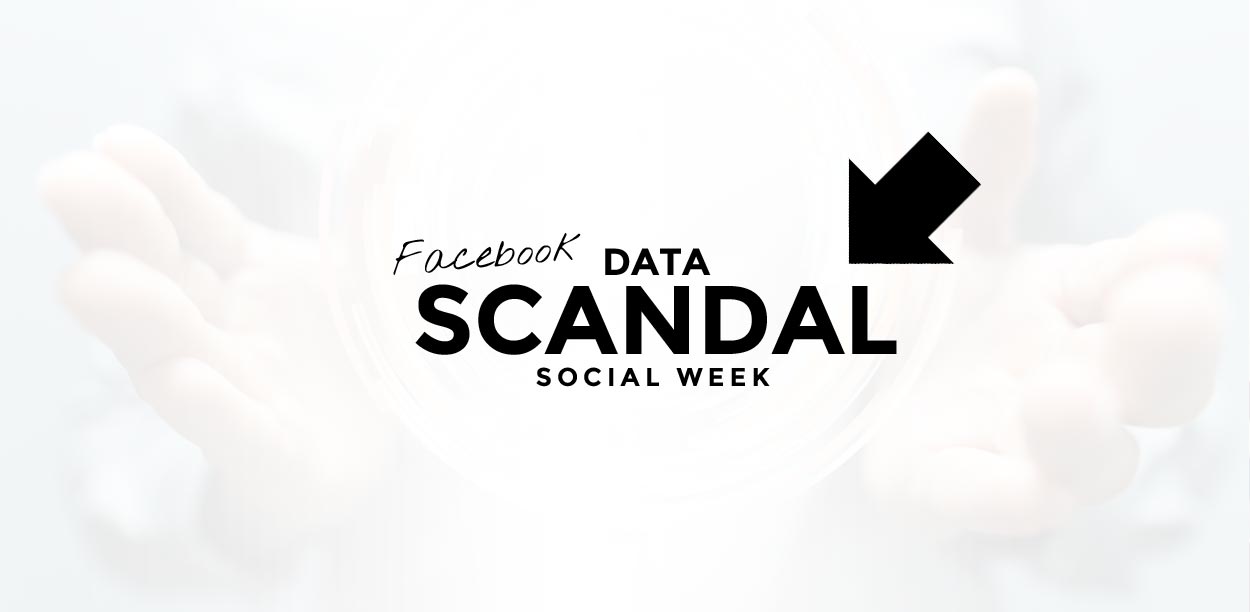
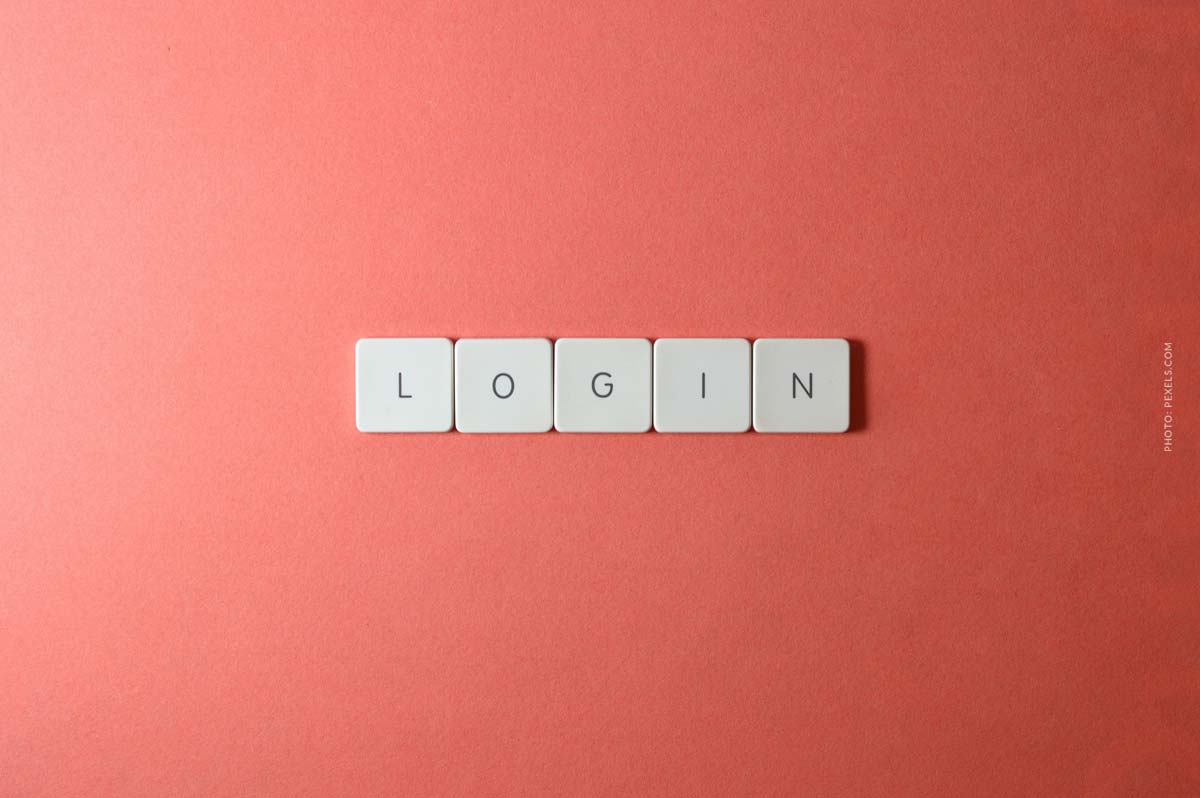

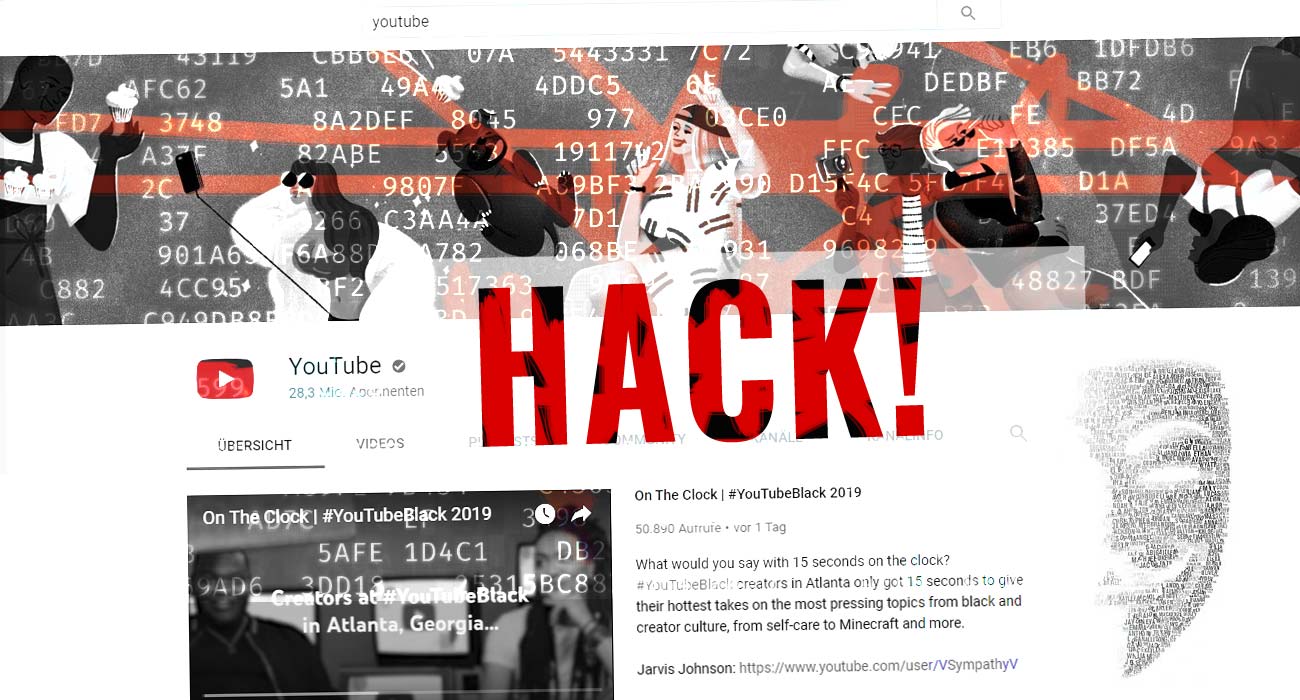
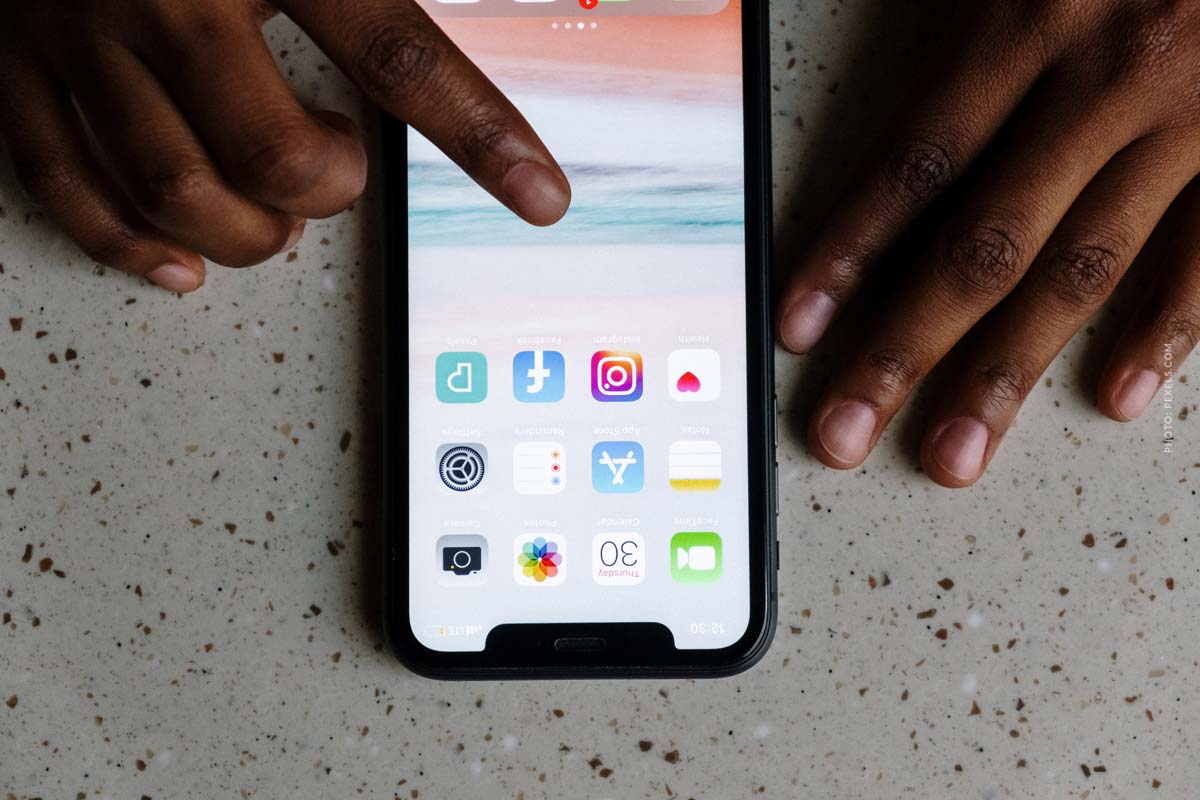


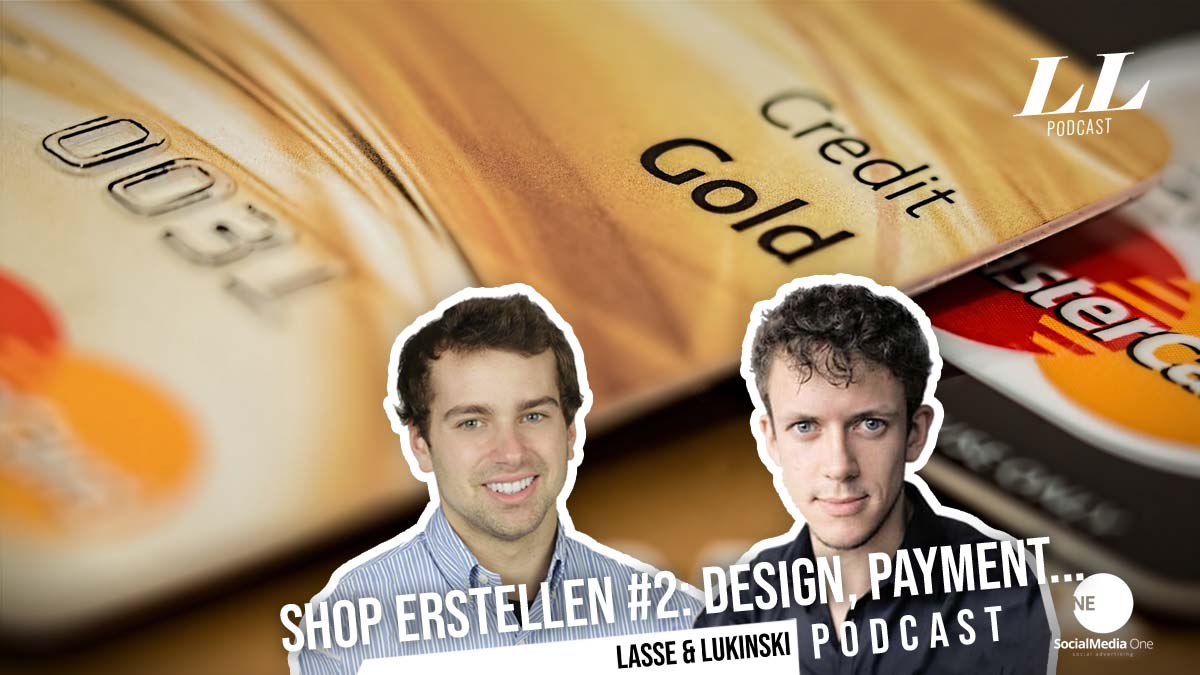
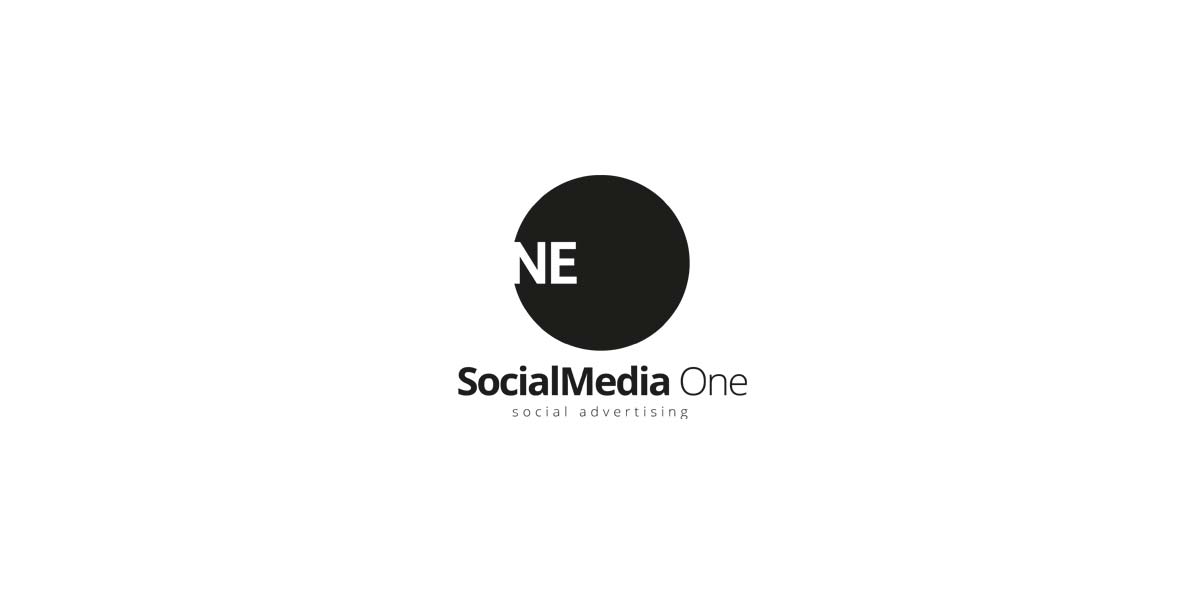
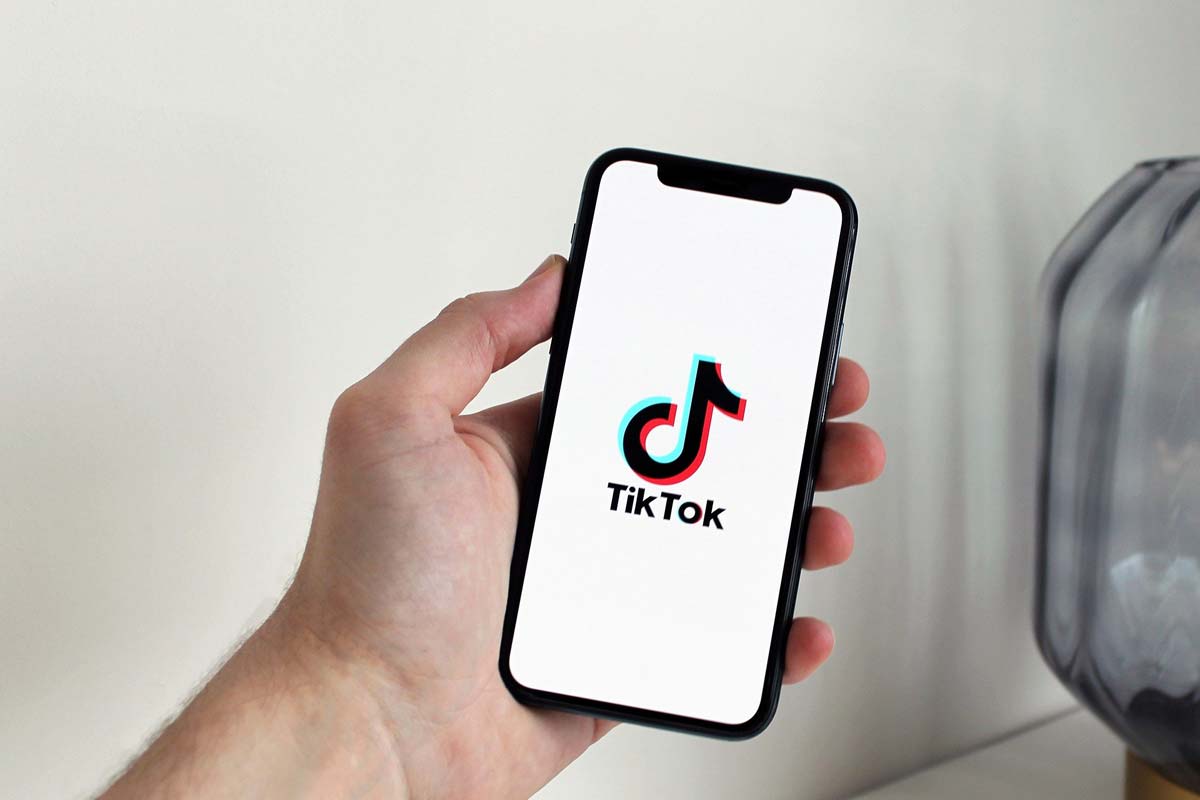

 4.9 / 5.0
4.9 / 5.0